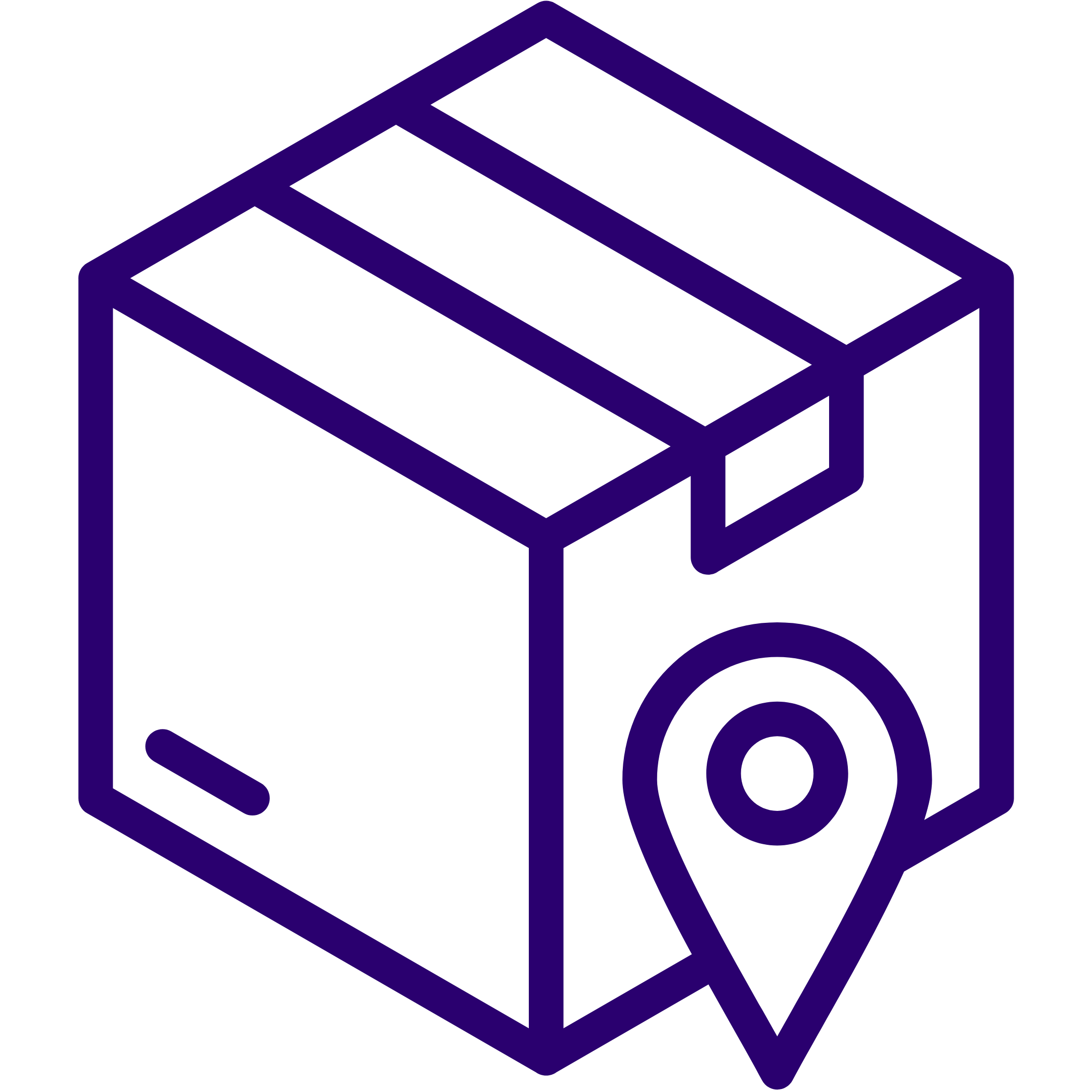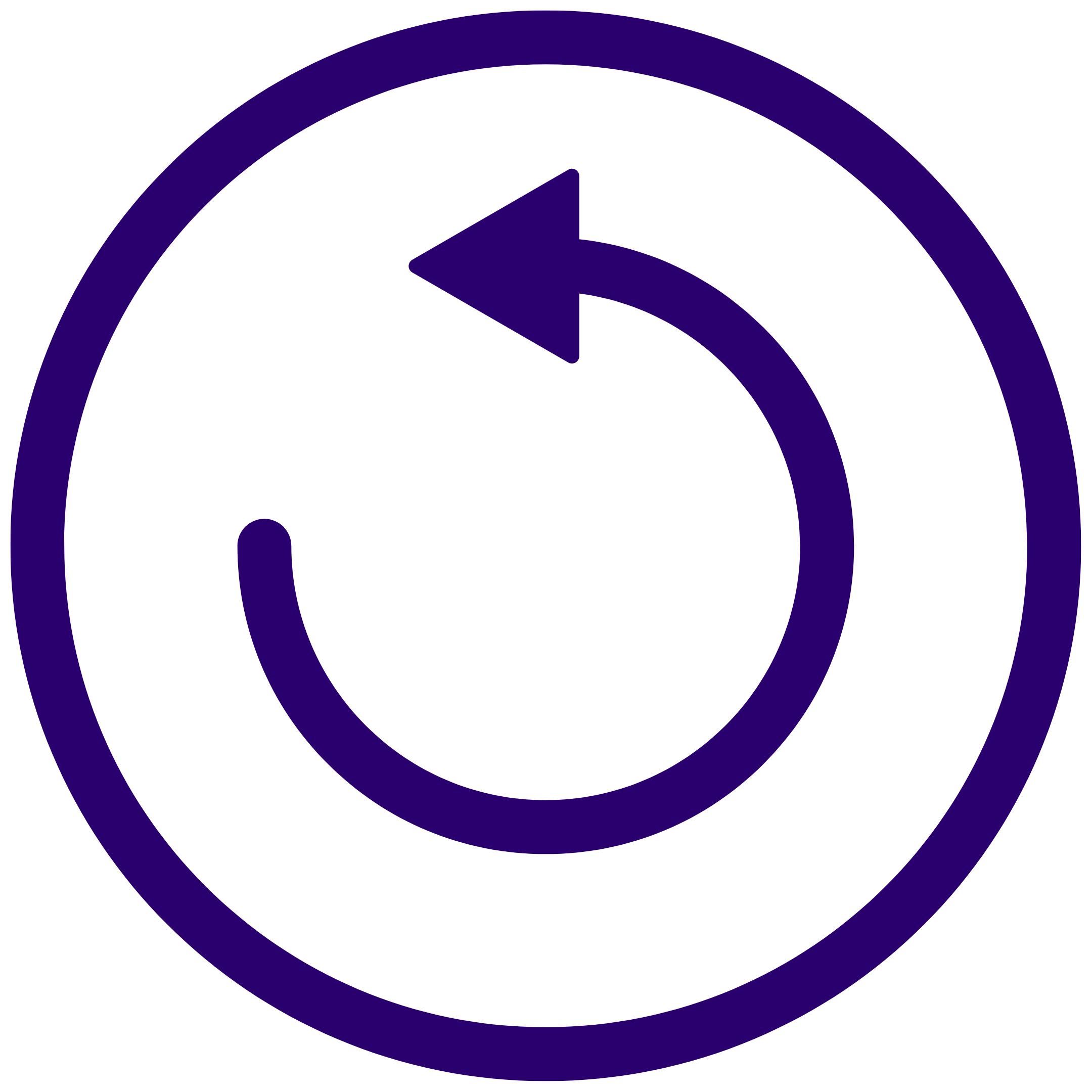Ask a Clinician About CPAP and Sleep Apnea
Questions about sleep apnea, CPAP, or your health? You’ve come to the right place! Our team at CPAP Supplies includes multiple on-staff clinicians who are experts on everything related to obstructive sleep apnea, including CPAP equipment, supplies and how to use them.
Below are some answers to common questions from real customers.
If you don’t see what you’re looking for, our team is always happy to help. Please don't hesitate to contact us at info@cpapsupplies.com or 1-866-298-6482.
Sleep Apnea and Sleep Health
OSA is normally caused when the muscles in the back of your throat relax, causing your airway to narrow or even close as you breathe in. This does not let an adequate breath in and could lower the level of oxygen in your blood.
AHI stands for Apnea Hypopnea Index and it is a numerical measure of the number of pauses in your breathing per hour of sleep.
A severe AHI (apnea-hypopnea index) would be anything over 30 events (an event would be a pause in breathing greater than 10 seconds) per hour of sleep each night. CPAP therapy is highly recommended for anyone with a severe AHI.
Many CPAP users are switched to a BiPAP machine when their apnea-hypopnea index (AHI) is not being controlled. Unlike the CPAP, a BiPAP machine has 2 different pressures; one when you inhale and another one when you exhale. These different pressures can help moderate your breathing and better meet your AHI goals.
Left untreated, obstructive sleep apnea (OSA) may put you at risk for high blood pressure, stroke, heart failure, irregular heart beats, heart attacks and depression.
In fact, one study from the NHLBI showed that severe sleep apnea nearly doubles your risk of sudden cardiac death.
CPAP Settings and Equipment
A nasal mask delivers airflow to the entrance of your nasal passage, but not directly inside it. It may cover the entire nose, or cradle underneath it. Nasal masks are popular for CPAP users who prefer a smaller mask, but don’t like the feeling of contact with their nostrils.
A nasal pillow has small cushions that rest just inside the nostrils; nothing covers the nose and nothing touches the bridge of the nose. Nasal pillows are popular for people who like minimal contact with their CPAP mask.
That depends on whether your machine uses disposable or reusable filters. You can wash reusable CPAP filters, and should do so at least once a week to help protect your health. Even with regular cleaning, your reusable filters should be replaced every six months to keep your therapy effective and hygienic.
Disposable filters should not be washed, and should be replaced at least every 30 days, or sooner if they become discolored.
Learn more about how and why to clean and replace your CPAP filters.
Many of our CPAP masks, frames, and cushions include a printable size guide! Find your favorite mask in our shop, then scroll to the bottom of its page.
If you don’t see a size guide available for your mask, contact us at info@cpapsupplies.com and we’ll see if one is available for you!
When trying out a new mask it’s also a good idea to choose the Fit Pack, which includes all available frame and cushion sizes, so you can mix and match to get your best fit.
There are several different options now for both full face masks and nasal masks that do not touch the bridge of the nose.
If you like a full face mask you might try the Dreamwear Full Face or the ResMed AirFit F30i, both of which cradle underneath your nose. If you prefer a nasal mask the ResMed N30i or Dreamwear Nasal Mask are good options, designed for minimal contact with your face.C-Flex, A-Flex, SmartFlex, and EPR are all different names for the same feature– a pressure relief technology that makes sleep therapy more comfortable.
Pressure relief works by reducing pressure at the beginning of exhalation and returning to therapeutic pressure just before inhalation. The level of pressure relief varies based on the patient's expiratory flow and which of the settings has been selected.
Learn more about C-Flex/A-Flex/SmartFlex/EPR and how to use them.
No, they are not the same. A concentrator is a machine used to create oxygen and is used for oxygen therapy. It will not provide the positive pressure needed to prevent apneas.
A CPAP machine does not actually create oxygen, it just creates pressurized airflow to keep your airways open during the night.
CPAP Use and Comfort
Adjusting to sleeping with a CPAP at night can be hard for some. We suggest that new CPAP users start trying to use their machine for short times during the day just to get used to the air coming in.
Then move up to using the machine while reading or watching TV and eventually use it to take a nap. Slowly increasing the time that you use the machine can help you get used to it and ultimately make it the norm for your sleeping pattern.
Features like Ramp and EPR/C-Flex/SmartFlex can also be helpful, by selectively reducing the pressure at key times.
Your CPAP mask might not be fitting correctly if you are having leaks. Try readjusting it while lying in the same position that you sleep in.
If you’ve been using the same mask for a while, you may need to replace the cushions, frame, or headgear. These parts can become worn with normal use and lead to air leaks.
If you’re still having difficulty with leaks, call us at 1-866-298-6482 and make an appointment with a clinician to get re-fitted for a new mask that fits you better. We have a wide variety of masks that come in different sizes, fits, and styles. A better mask fit will ensure that you get the best sleep possible!
You may qualify to have your CPAP masks and supplies covered through your insurance!
Fill out the form at our Qualify Through Insurance page, and your own personal Sleep Specialist from Aeroflow Sleep will reach out to verify your benefits. Your Sleep Specialist will contact your insurance, then share with you the best options under your plan!
You don’t have to give up on your nasal mask or nasal pillows if you breathe through your mouth while sleeping! An inexpensive CPAP chin strap can gently hold your mouth closed and encourage nose breathing.
Learn more about CPAP chin straps and then check out our wide selection of different styles.
While a humidifier can make using your CPAP more comfortable, it’s not required for your sleep therapy. If you are able to use the machine without the humidifier, that is completely fine.
Maintenance of a CPAP machine is pretty simple: make sure to keep it clean and, most importantly, make sure the filters are clean and that you replace them as needed.
If you have a humidifier, make sure you empty it every morning and let it air dry throughout the day to prevent buildup of mold or germs.
Learn more about cleaning and maintaining your CPAP machine and supplies.





